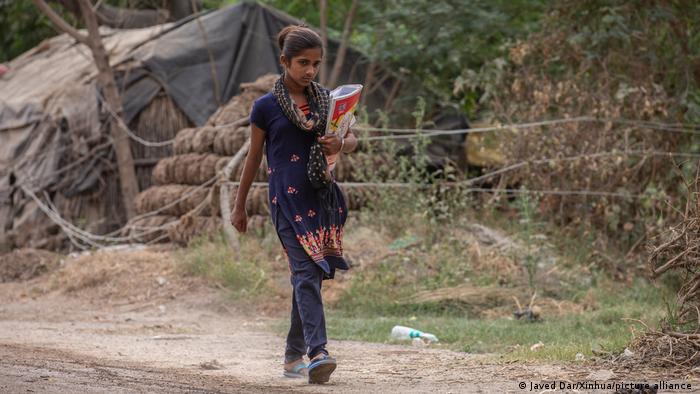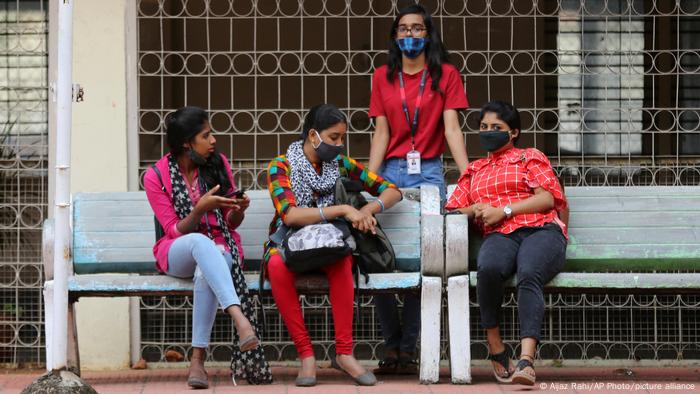Biden has staked his presidency on what he has called “a historic manufacturing boom,” hoping to succeed where past presidents, governors and hordes of other politicians have struggled for a half-century.
ASSOCIATED PRESS / October 5, 2022
WASHINGTON (AP) — President Joe Biden is working to create a manufacturing revival — even helping to put factory jobs in Republican territory under the belief it can restore faith in U.S. democracy.
The latest development came Tuesday, when chipmaker Micron announced an investment of up to $100 billion over the next 20-plus years to build a plant in upstate New York that could create 9,000 factory jobs. It's a commitment made in a GOP congressional district that Biden and the company credited to the recently enacted $280 billion CHIPS and Science Act.
“Today is another win for America, and another massive new investment in America spurred by my economic plan,” Biden said in a statement. “Together, we are building an economy from the bottom up and the middle out, where we lower costs for our families and make it right here in America.”
Biden has staked his presidency on what he has called “a historic manufacturing boom,” hoping to succeed where past presidents, governors and hordes of other politicians have struggled for a half-century. His goal is to keep opening new factories in states such as Ohio, Idaho, North Carolina and Georgia — where Democrats' footholds are shaky at best. Administration officials say they want to spread the prosperity across the entire country, rather than let it cluster in centers of extreme wealth, in a bid to renew the middle class and a sense of pride in the country itself.
Courthouse News’ podcast Sidebar tackles the stories you need to know from the legal world. Join our hosts as they take you in and out of courtrooms in the U.S. and beyond.
The push comes at a precarious moment for the global economy. High inflation in the U.S. has hurt Biden’s popularity and prompted recession concerns. Much of Europe faces a possible downturn due to the jump in energy prices after Russia’s invasion of Ukraine, while the International Monetary Fund just downgraded growth in China. The world economy is defined by uncertainty just as Biden has called for investments in clean energy and technology that could take years to pay off.
The president is hopeful that whatever good manufacturing can do for the U.S. economy also turns out to yield political benefits for himself and other Democrats in 2022 and beyond. He told Democratic donors on Friday that the manufacturing and technology investments mean “we have an opportunity” to strengthen the U.S. if Democratic governors and lawmakers are elected this year.
Going into the midterm elections, Biden is telling voters that a factory renaissance has already started because of him. The administration sees its infrastructure spending, computer chip investments and clean-energy incentives as helping domestic manufacturing in unprecedented ways.
Recent academic studies suggest that decades of layoffs due to offshoring contributed to the rise of Republican Donald Trump, with his opposition to immigration and global trade. But many of the authors of the studies doubt that Biden can make these demographic trends disappear through the promise of jobs for skilled workers.
Democratic Rep. Ro Khanna of California would like to see the president make a national tour of factory openings, so that his policies could stick better in voters' minds. Khanna recently attended the groundbreaking of a $20 billion Intel plant in Ohio and laid out his belief that factory job losses helped cause today's political schisms.
The Silicon Valley congressman reasons that too many Americans have lost faith in a government that seemed indifferent to their own well-being, leading them to embrace hucksters and authoritarians who thrive by exploiting and widening divisions in society.
“How do you get rid of people’s jobs and expect them to believe in democracy?” Khanna asks.
Factory jobs have risen during Biden's tenure to the most since 2008 at 12.85 million, yet the task of steadying the country's middle class and its democratic institutions is far from complete. The industrial Midwest has yet to recover the factory jobs shed in the pandemic, let alone decades of layoffs in which the economic challenges evolved into political tensions.
Labor Department data show that Ohio is still 10,000 factory jobs shy of its pre-pandemic level and 350,000 jobs below its total in 2000. The numbers are similarly bad in Michigan, Pennsylvania and Wisconsin — three states that were key to Biden's 2020 victory and could help decide control of Congress in November's elections.
The White House says Biden eschews thinking about Americans solely as consumers interested only in the cheapest prices and thus promoting outsourcing. Instead, his speeches are woven with talk about people as workers and the identity that working gives them.
What Biden can show with this year's factory groundbreakings is progress, even if the total number of manufacturing jobs is unlikely to return to the 1979 peak of 19.55 million. Intel's computer chip plant being built in New Albany, Ohio, would add 3,000 jobs. Hyundai would add 8,100 jobs with its electric vehicle plant in Georgia. Wolfspeed, with plans to produce silicon carbide wafers in North Carolina, would add 1,800 jobs.
Jay Timmons, CEO of the National Association of Manufacturers, said the gains in factory jobs reflect five years of effort, starting with the 2017 tax cuts by Trump and including Biden's investments in infrastructure and computer chips as well as efforts to return jobs to the U.S. after global supply chain disruptions caused by the pandemic.
“There's a commitment by government at all levels to do more here and a desire by manufacturers to do more here,” Timmons said.
Massachusetts Institute of Technology economist Daron Acemoglu applauded the president's plans for spreading factory work across the country. It's too soon to tell if the administration is succeeding, he said, but Biden is challenging what was once conventional wisdom among economists that little could be done to expand factory work in the U.S.
“I believe the president is right,” said Acemoglu, the co-author of the book “Why Nations Fail.” “'Good jobs,' which pay decent wages, have job stability, offer career-addressing opportunities, and endow a sense of accomplishment and dignity, are important for the middle class and social cohesion."
New academic research released in September suggests that the offshoring of factory jobs led white men to feel like victims and gave way to the rise of grievance politics that helped fuel Trump's ascendancy among Republican voters. That movement in turn spawned election denialism and political violence that Biden has repeatedly said is "a dagger to the throat of our democracy."
The research covering 3,500 U.S. citizens finds that factory job losses due to automation are less controversial among voters than the offshoring, which triggered a “self-victimization bias" for whites who were more likely to “view offshoring as leading to greater total harm to the American economy, and to the U.S. position in the world.”
One of the study's authors, Leonardo Baccini of McGill University, still expects factory job totals to shrink, though a decline primarily due to automation would be less harmful to Democratic candidates. He still anticipates factory job losses over the long term as advanced economies focus more on productive services to sustain growth.
“From an economic standpoint, the decline of U.S. manufacturing is inevitable and it is actually a good thing,” Baccini said. “Any attempt to stop this structural transformation with protectionism and government subsidies is likely to backfire."
J. Lawrence Broz, a political scientist at the University of California San Diego, co-wrote a 2019 research paper that found populist support was strongest in communities that endured long-term economic and social decline, a contrast to the superstar cities where technology, finance and a highly educated workforce were magnets for wealth.
“It is unlikely that recent efforts to re-shore manufacturing jobs will produce the intended effects, either economically or politically,” Broz said. “The new factories won’t employ large numbers of less-skilled workers, leaving white industrial workers just as angry as they are now.”
That means the underlying test of Biden's agenda might be whether enough workers can be educated to meet the needs of a manufacturing sector with higher standards than during the heights of its dominance in the 20th century.
__
By JOSH BOAK Associated Press




/cloudfront-ap-southeast-2.images.arcpublishing.com/nzme/KVUO2BTPGZGABNIDBGW2OLYBGM.jpg)

/cloudfront-ap-southeast-2.images.arcpublishing.com/nzme/N5XMCQXMCVRAQMOOY2PKWWL2CM.jpg)












:quality(70)/cloudfront-eu-central-1.images.arcpublishing.com/thenational/IKD67SSK2NKPZ7YK63PWU75UBM.jpg)